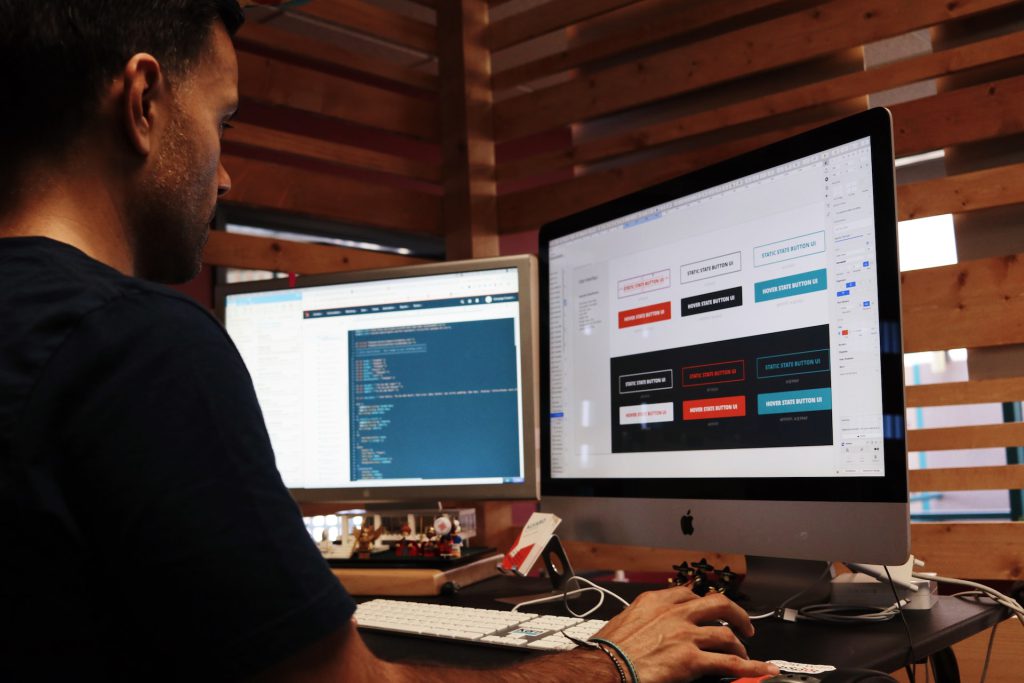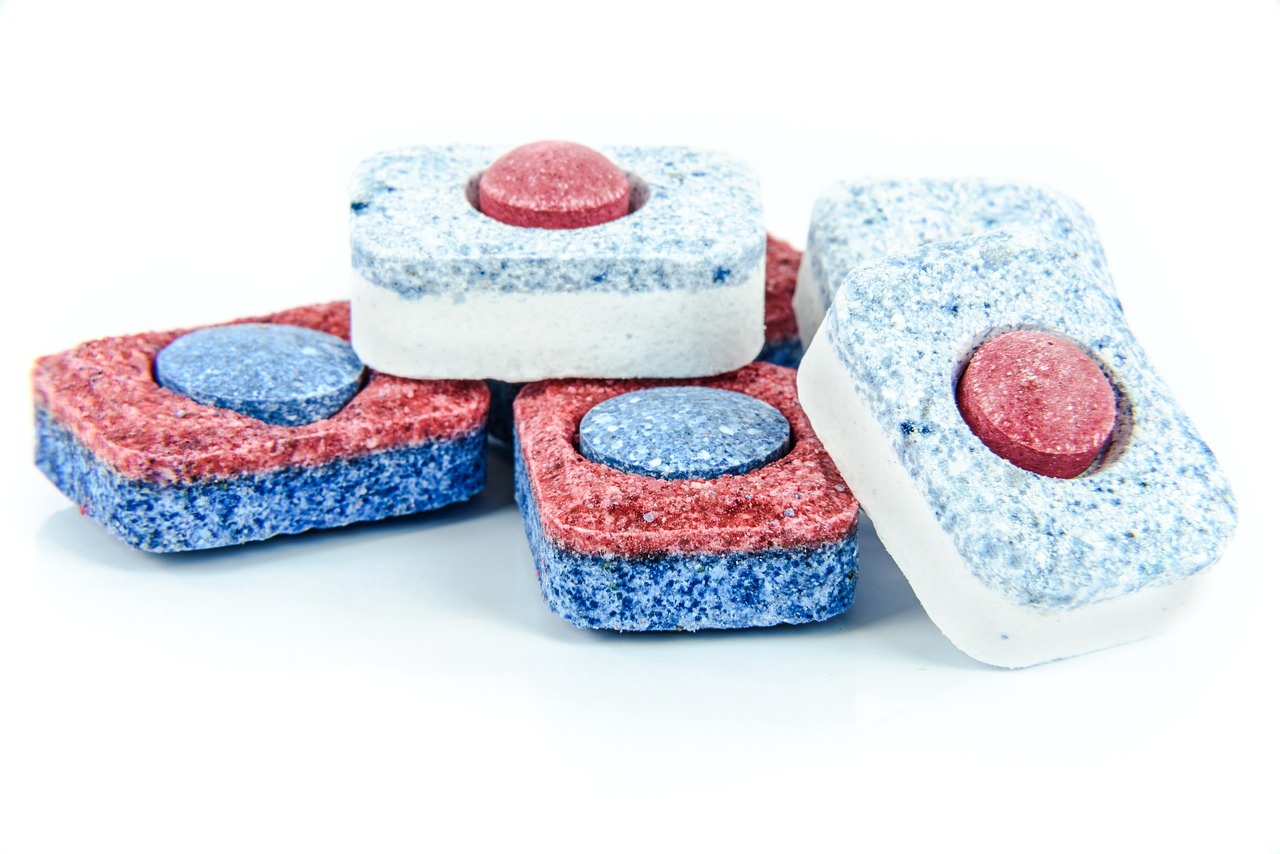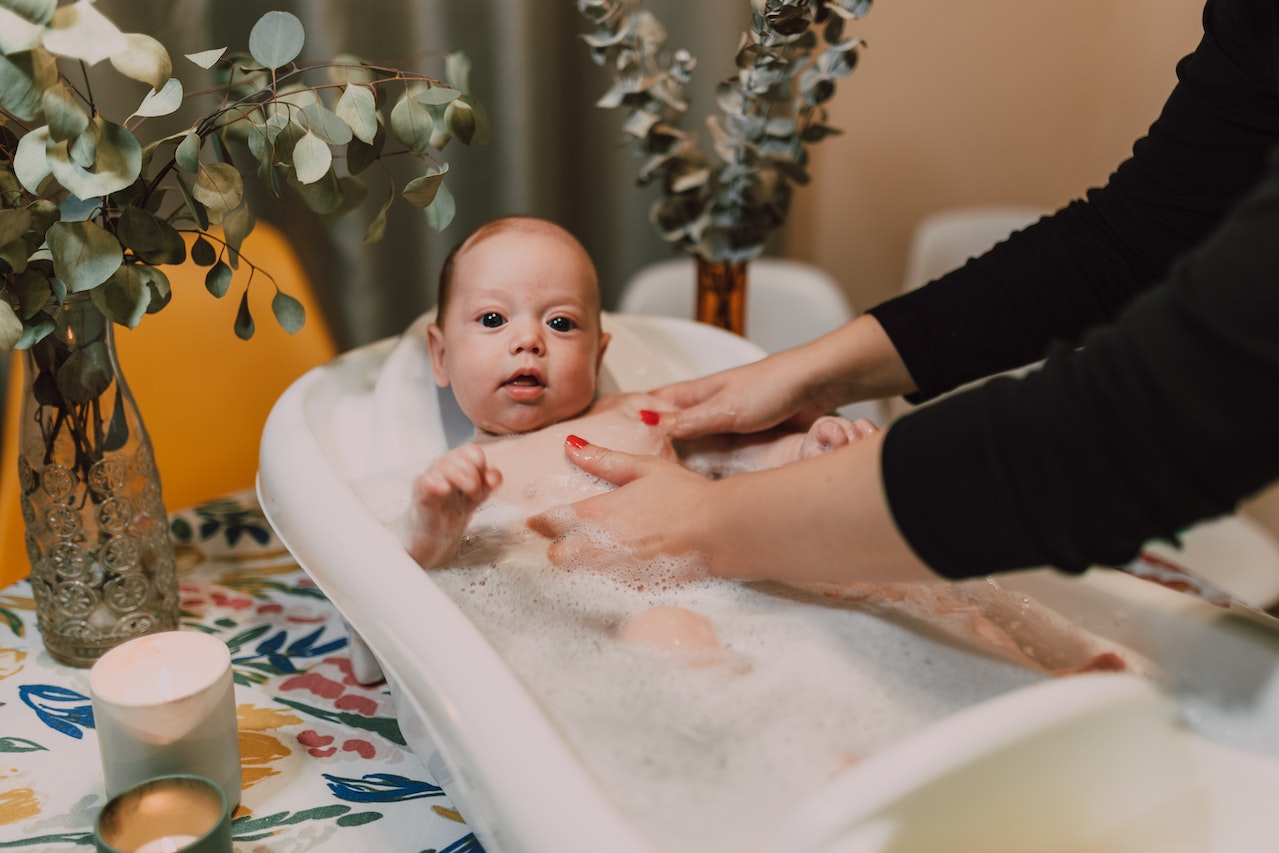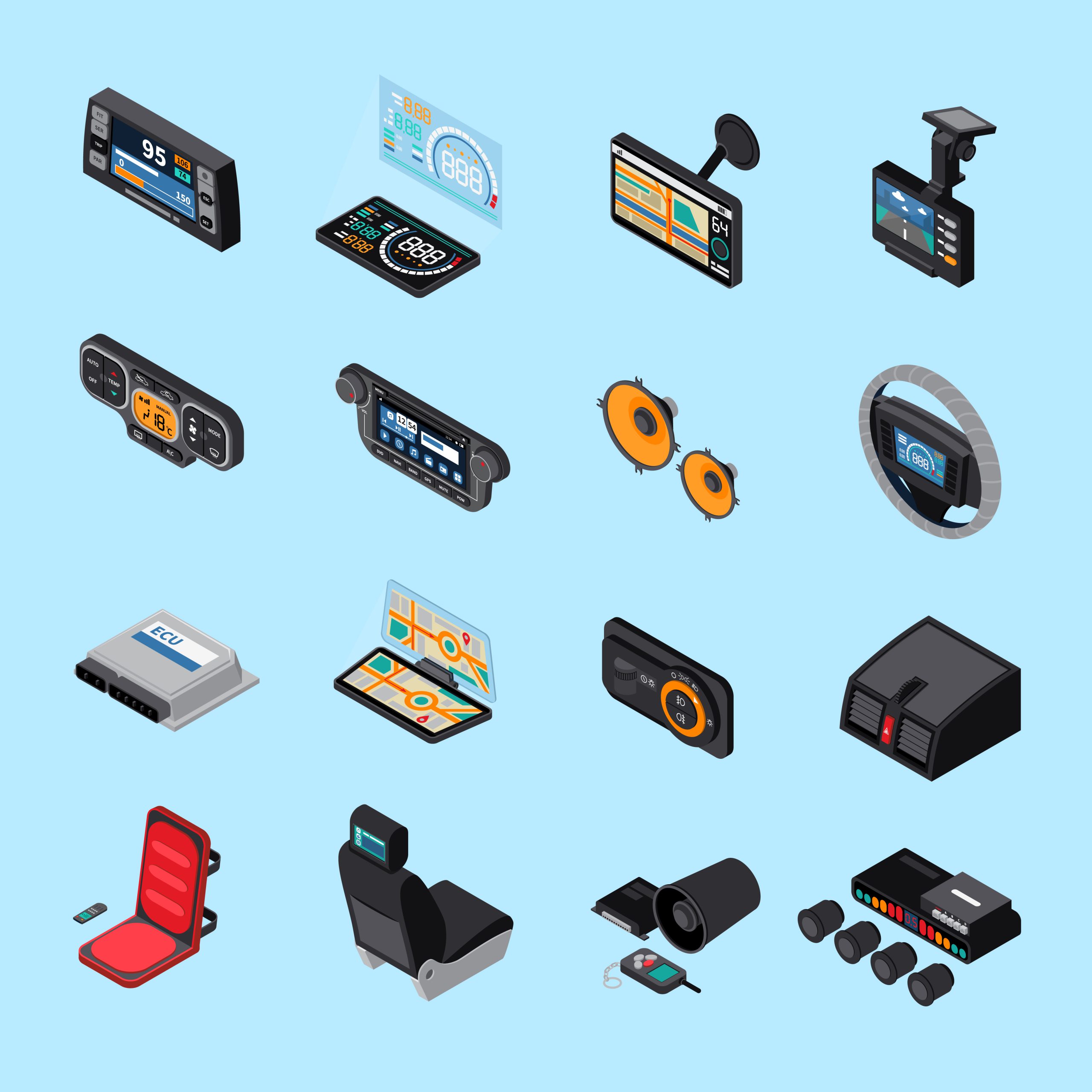Photo by Campaign Creators on Unsplash
Natural language processing (NLP) and artificial intelligence (AI) have completely changed how we design and build websites. It is now feasible to develop original and interactive web designs that attract and engage viewers with the aid of AI art and chatbot technology. This article will examine the usage of ChatGPT and AI art to produce outlandish web designs that stand out from the competition. We will go through a variety of examples and methods that can be applied to the creation of AI art as well as how they can be implemented into web design to provide users with a singular and memorable experience.
What is AI Art?
AI art is a type of computer-generated art that produces original, dynamic pictures using algorithms and machine learning. These pictures might serve as patterns, backgrounds, or even the main focus of a website. Generative Adversarial Networks (GANs), neural style transfer, and other methods are used to make AI art.
How to Use AI Art in Web Design
You may produce visually striking and surprising designs that stand out from conventional, static graphics by using AI art in your site design. There are several methods to use AI art in site design, including:
- Using AI art as a background: Using GAN-based AI art may give a background that is distinct and dynamic and that varies with each refresh or visit.
- Incorporating AI art into the overall design aesthetic: In this case, AI art may be utilized to produce patterns or forms that are used all throughout the website, giving it a distinctive and coherent appearance.
- Using AI art as a focal point: AI art may be utilized to produce distinctive, eye-catching visuals that can serve as the website’s primary focal point.
AI Art Generating Tools
To create AI art, a range of technologies are available. Some popular examples include:
- DeepDream: A Google open-source project that enables people to create original and fantastical visuals using convolutional neural networks.
- pix2pix: A tool that creates graphics from drawings or sketches.
- Artbreeder: A platform that allows users to create and edit images using a variety of AI-based tools.
- DALL-E: Another OpenAI-based program that allows you to create graphics based on provided descriptions.
What is ChatGPT?
ChatGPT was created by OpenAI, a language model that can produce writing that sounds human. With the use of this technology, chatbots and virtual assistants that can communicate with website visitors may be developed. Additional dynamic and original content for a website, such as product descriptions, blog articles, and more, may be created using ChatGPT.
How to Use ChatGPT in Web Design
There are several methods to use ChatGPT in web design, including:
- Creating chatbots and virtual assistants: ChatGPT may be used to build chatbots and virtual assistants that converse with users and offer them individualized advice or information.
- Generating dynamic and unique content: ChatGPT may be used to create original, dynamic content for a website, including product descriptions, blog entries, and more.
ChatGPT Generating Tools
For building chatbots and producing text using ChatGPT, there are several solutions available. Several well-known instances include:
- OpenAI’s GPT-3 API: An API from OpenAI gives programmers access to GPT-3’s processing capability so they may create text, carry out tasks, and more.
- Hugging Face’s transformers library: A library that enables programmers to quickly implement and optimize a number of language models, including ChatGPT, for a range of NLP tasks.
- BotStar: A platform that enables non-programmers to build chatbots and virtual assistants.
Combining AI Art and ChatGPT in Web Design
Combining ChatGPT with AI art in web design is one of the most intriguing uses for them. There are several ways to accomplish this, including:
- Creating an interactive background: You may give consumers a special and engaging experience by employing AI art as a background and a chatbot that engages with them.
- Generating personalized content: You may provide consumers with a distinctive and dynamic experience by utilizing ChatGPT to make personalized content and add AI art.
Examples of AI Art and ChatGPT in Web Design
There are several websites that have incorporated ChatGPT and AI art into their design. Examples that stand out include:
- The GPT-3 Showcase: A website that includes a number of projects and illustrations of how GPT-3 is applied in many fields.
- Artbreeder Gallery: A collection that displays a variety of AI-generated artwork, including pictures made with the Artbreeder tool.
- AI Dungeon: A website called AI Dungeon employs GPT-3 to create engaging and original story-based games and experiences for consumers.
Best Practices for Incorporating AI Art and ChatGPT in Web Design
The following recommended practices should be kept in mind when integrating ChatGPT and AI art into your website design:
- Keep it simple: While ChatGPT and AI art may be utilized to produce distinctive and eye-catching designs, it’s crucial to maintain an overall basic and user-friendly design.
- Test and iterate: Just like with any other web design project, it’s crucial to test and refine your design to make sure it is user-friendly and efficient.
- Be mindful of performance: It might be resource-intensive to incorporate ChatGPT and AI art into your website design, so pay attention to performance and efficiency.
Conclusion
AI art and ChatGPT are effective resources that may be utilized to develop one-of-a-kind and engaging web designs. You may make websites that stand out from the competition by adding AI art into web designs as backdrops, patterns, or focal areas and using ChatGPT to make chatbots and dynamic content. You can utilize ChatGPT and AI art to build a crazy web design that enthralls and engages people if you have the correct tools and follow best practices.





